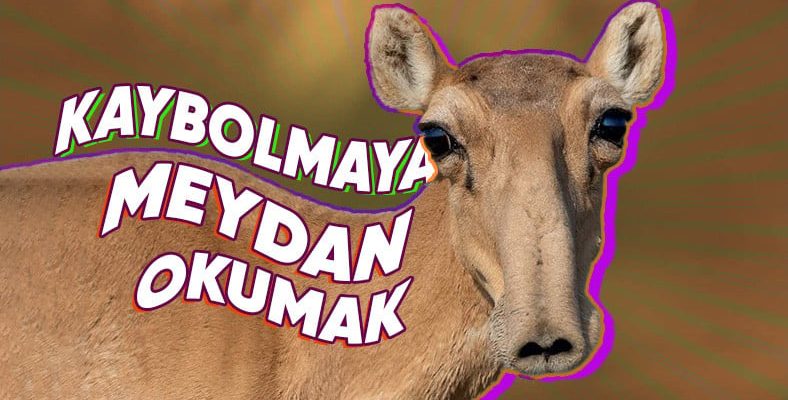In the past year, in addition to the fact that dozens of species will not be seen again, good news has also come that will alleviate the sadness in our hearts to some extent. Let’s examine the “luckier” species that will be protected and proliferated in 2023 to further increase our hope.
We are getting so used to dozens of species disappearing from the world every year that we are in danger of extinction. in its natural environment or in special care We cannot hear the news of multiplied species.
The efforts made for hundreds of plants and animals waiting to be rescued from the brink of the abyss sometimes yielded results and sometimes failed. without losing hope Hundreds of working people have left us success stories that we can sometimes celebrate as 2023 comes to an end.
It is on the red list of endangered creatures created by the International Union for Conservation of Nature and Natural Resources (IUCN). according to danger level There is a classification.
Least concern, near danger, vulnerable, endangered, critically endangered, and extinct in the wild.
During the past year, we have suffered from wildlife, or worse, from the earth. deleted species However, there are also creatures that have succeeded in reproducing throughout the year.
If you want to look at extinct creatures first;
RELATED NEWS
Mammals, Birds and More: 21 Important Animal Species That Will Unfortunately Go Extinct by 2023
What happened that we can call good?
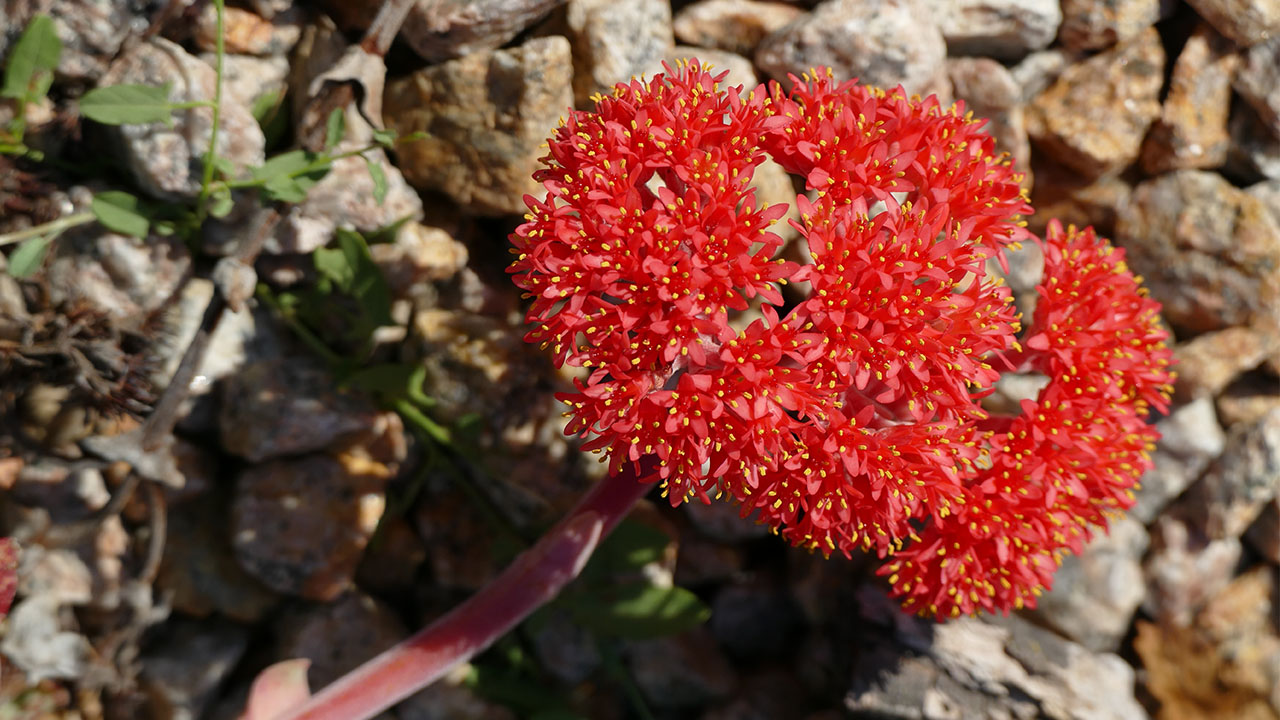
At the celebration held on December 28 to mark the 50th anniversary of the Endangered Species Act, it was announced that the plant species of the Channel Islands had been fully recovered. Through the work of the US Fish and Wildlife Service grown nowhere else in the world Two more plants were removed from the red list at the end of the year.
In the past year, it was on the red list and had a large population. rising Let’s look at other types.
Pied stork (Mycteria leucocephala)
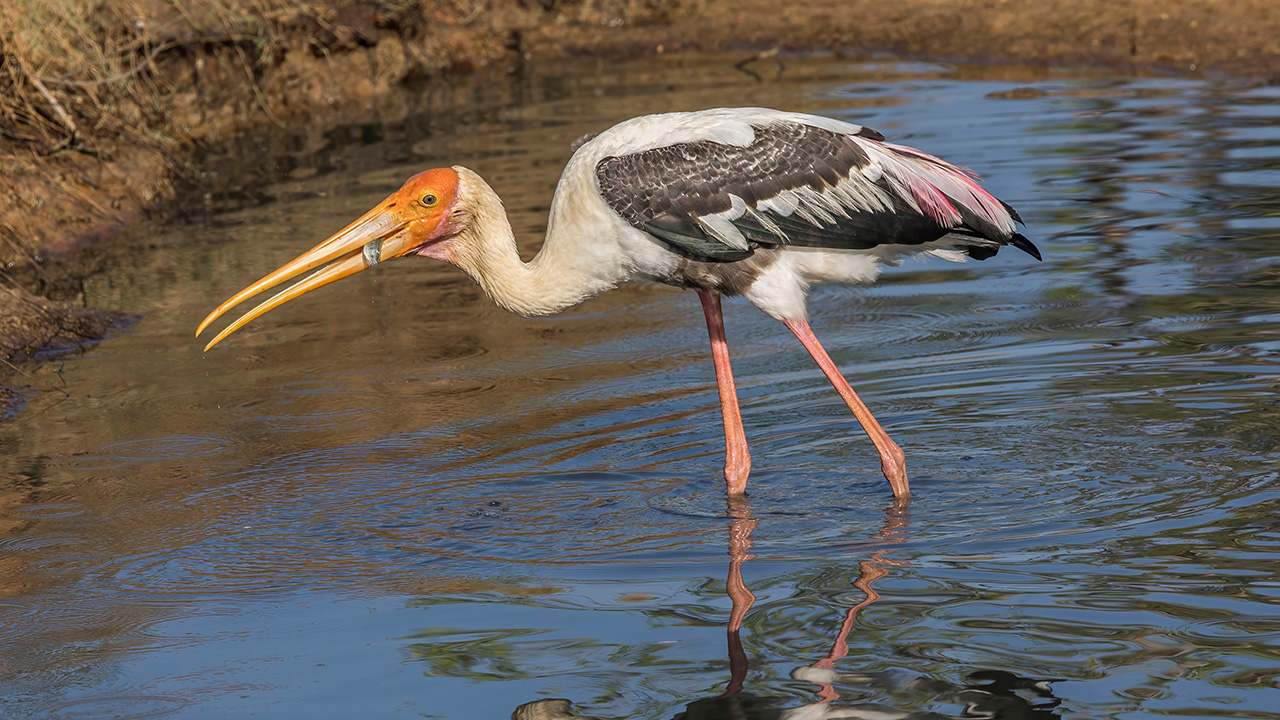
Pied storks, which were classified as near-endangered from 2004 to 2016; Today, their number exceeds 20,000 and their breeding areas are protected in some regions. little worrying dropped to class.
Pied storks are found in a wide area from South Asia to Southeast Asia. According to data from the Maharashtra region of India in 2023, although there is a decrease in their numbers, the continued expansion and proliferation of their habitats will make the species you are recovering is showing.
Scimitar-horned oryx (Oryx dammah)
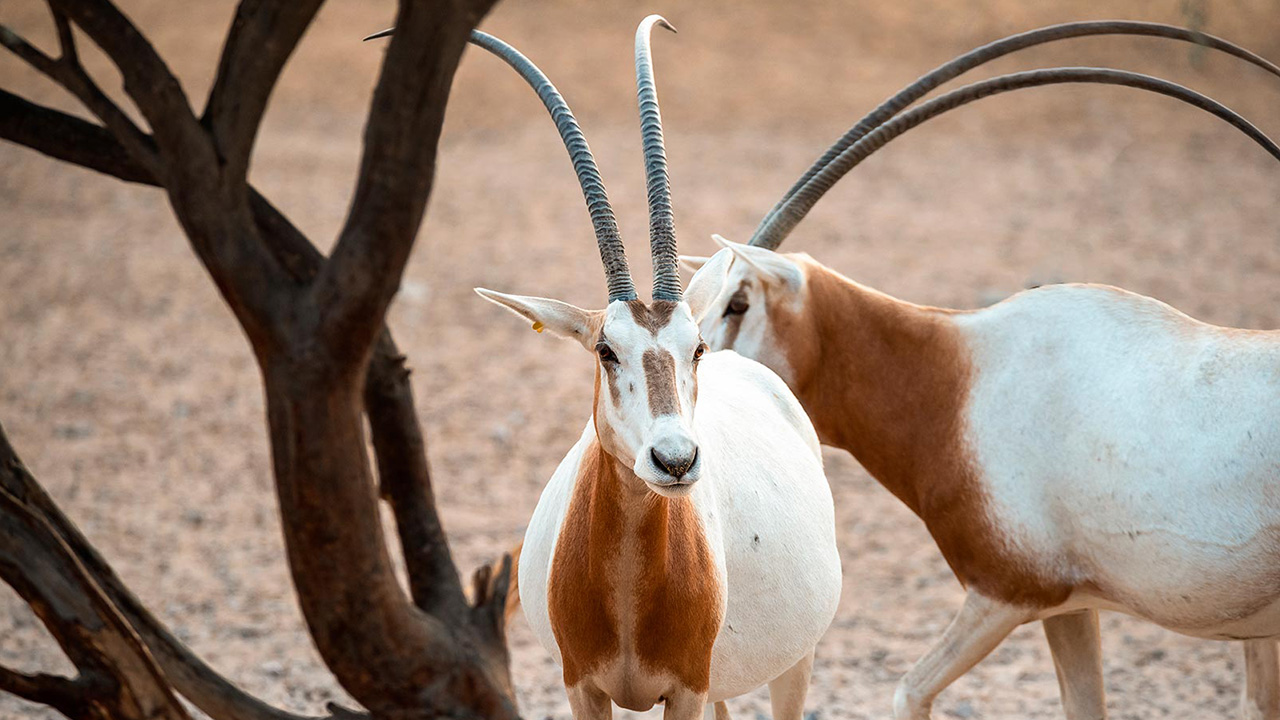
Oryxes, one of the species that can understand how difficult it is to survive in nature when we look at their magnificent horns, have been in danger since 1988. Between 2000 and 2016 completely extinct in nature They were placed in the class and the rest were placed under special care.. When they reached a sufficient number, they were released back into the wild and had to spend five years reproducing in nature before they could leave their current class.
Today it has fallen back to the endangered species class and its numbers are approximately Between 140-160. Although their numbers are still very low, they continue to rise.
Saiga (Saiga tatarica)
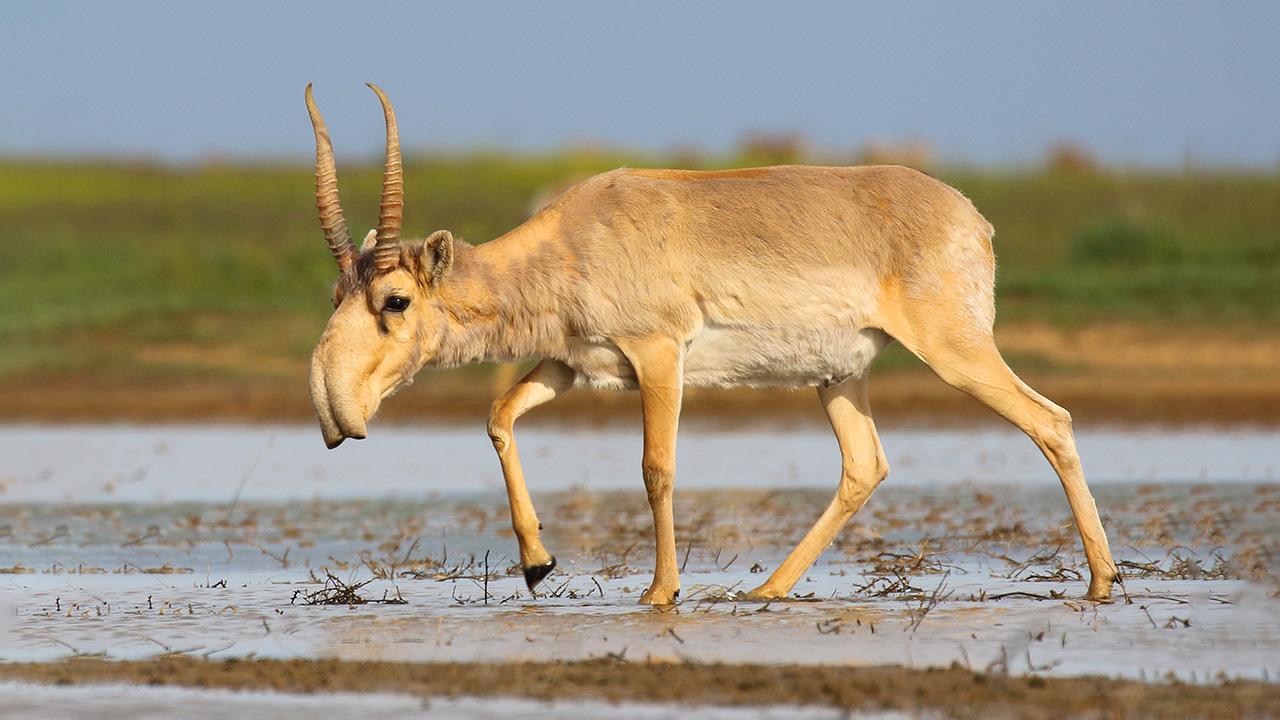
Type of sagas from 2002 to 2018 critically endangered It was seen as a threat, but today it has fallen to the near-threat class. Their extraordinary horns have led to poaching for the illegal horn trade, and epidemics and climate changes have also negatively affected their population.
Saiga population is affected by unforeseen factors. in danger continues to happen. Poaching, a worsening climate, or the approach of a new epidemic may hinder recovery and lead to population decline.
King goose (Anser canagicus)
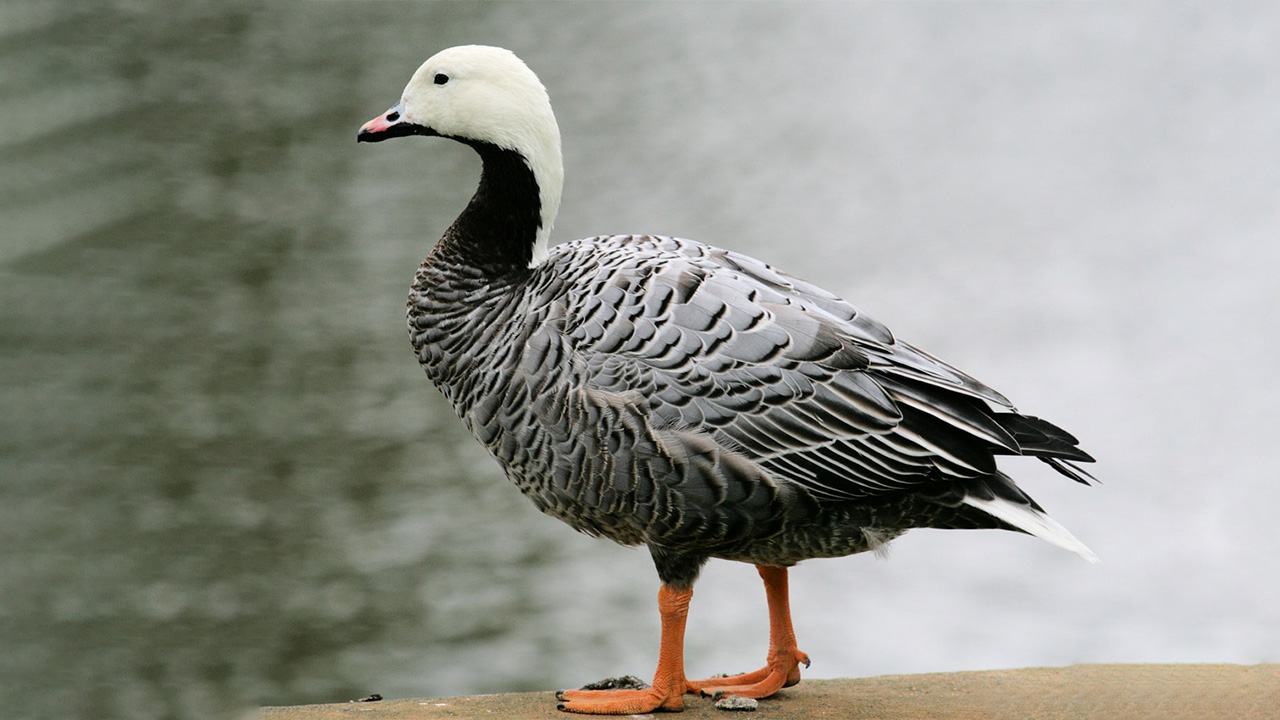
The fact that they spread over a wide area in terms of habitat and the increase in their numbers ensures that king geese remain below the sensitive threshold in classification. Until 2016 data in imminent danger Considered as king geese, today they have an adult population of 90,000-120,000.
As a result of population projections and the absence of factors threatening their habitat, “noble” king geese are today least worrying It becomes one of a kind.
Mediterranean monk seal (Monachus monachus)
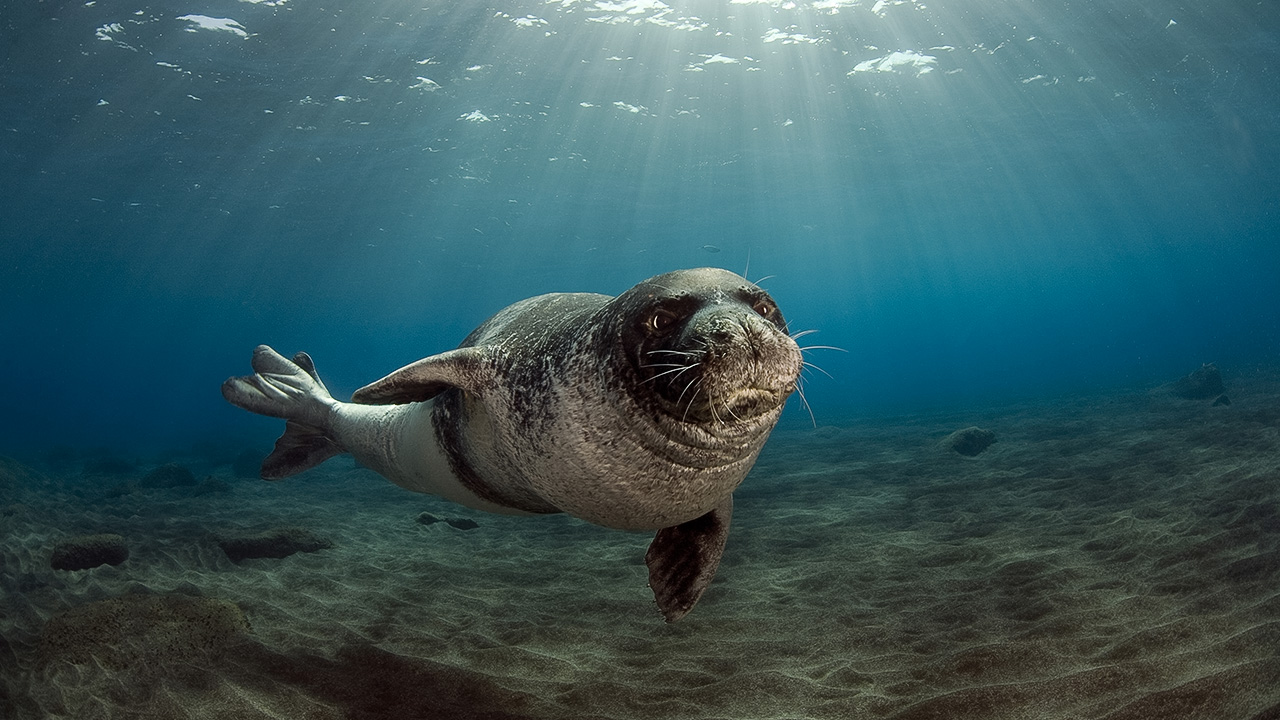
The Mediterranean monk seal, a lovely resident of our country’s seas, is one of the species that has been under surveillance since 1965. to the beginning very rare Mediterranean monk seals, whose numbers are believed to be declining, were classified as endangered between 1986 and 1994, and as critically endangered between 1996 and 2013.
In the evaluation made in 2015, it took a step back and found itself in the endangered species class. As of 2023 vulnerable The population of our lovely friend, who has made great progress by declining in his class, continues to rise.
Yellow-faced marabou (Leptoptilos dubius)
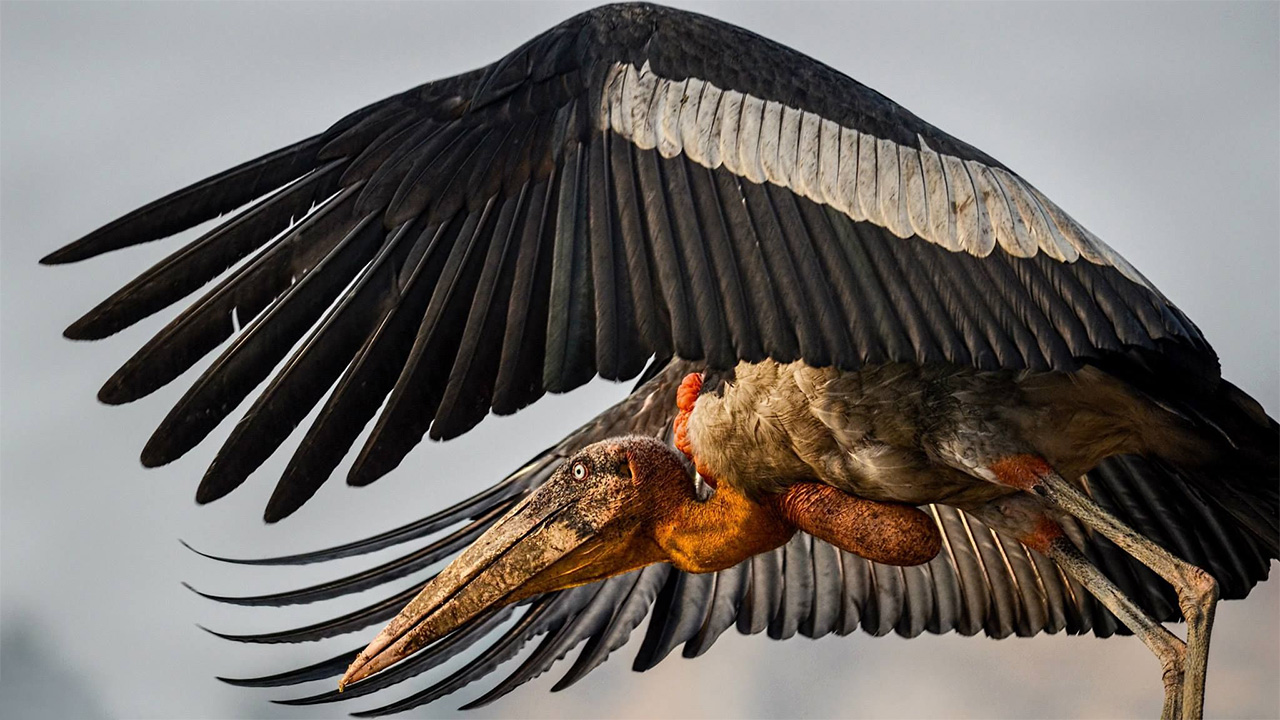
The impressive-looking yellow-faced marabou was considered an endangered species until 2016. last year red fell down the list and was in the near-threat class. Its population is on the rise, but there are still 1,360 to 1,510 adults, indicating the need for protection.
In the red list, possible events that may occur during protection activities any decline It is predicted that this will cause the species to become vulnerable again and the importance of the studies is emphasized.
Hawaiian duck (Anas wyvilliana)
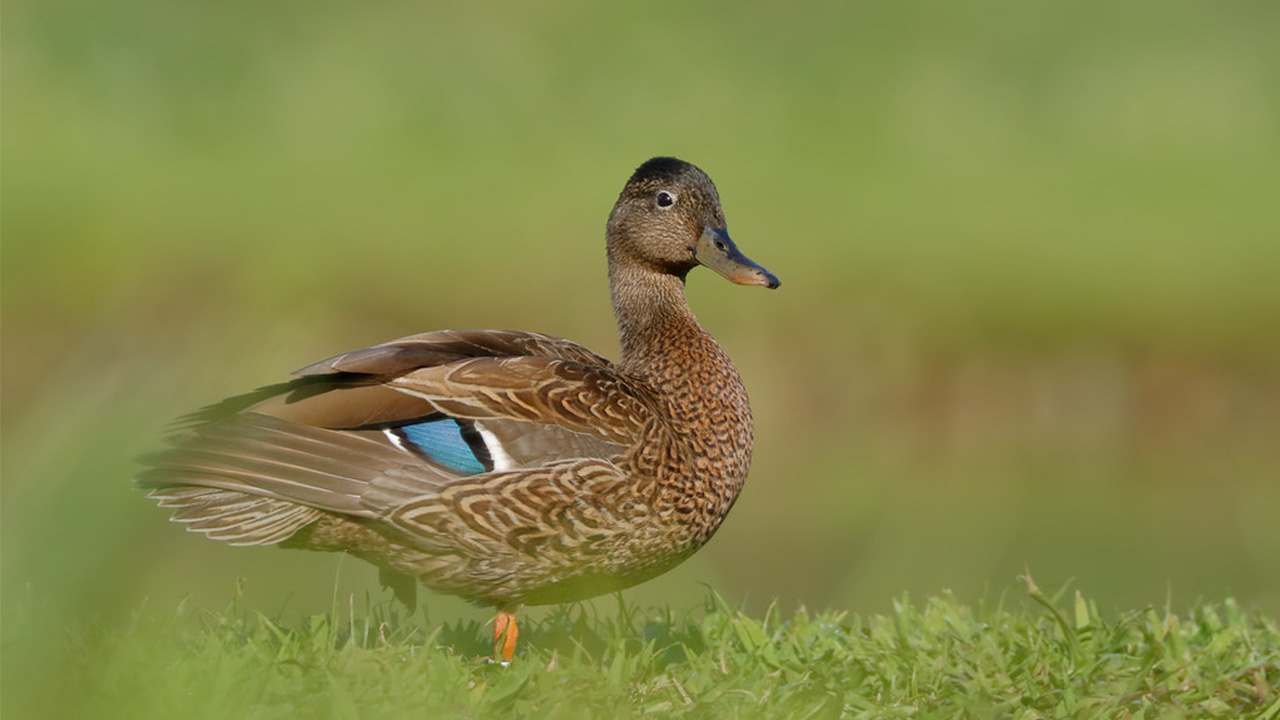
Hawaiian ducks, which were in near-endangered status from 2004 to 2016, were listed as endangered as of last year. species of least concern fell back in between.
The species spread over a wide area, especially in Southeast Asia. protection through joint activities And since their numbers are increasing day by day, the danger of extinction seems very low.
The effort to save a living being is a sign of developing techniques. Developing methods and techniques also mean that the hope of creatures waiting to be rescued will increase. Even if we cannot save them all, trying without losing hope will make our new year happy. to much better news can deliver.
Extincts of life:
RELATED NEWS
How Did Dodo Birds, which Lived in Peace for Millions of Years, Go Extinct ‘Right After Meeting Humans’?
RELATED NEWS
What Did Extinct Dinosaurs Feed on?
RELATED NEWS
